The wonderful holiday moments are always fleeting, and the new back-to-school season is approaching now. When it comes to the field of education, there are no limits to the search for effective learning. For students with low vision, when specific learning strategies are applied, their abilities can be effectively utilized, and their potential can be maximally unleashed. To get ready for the coming new semester, the article provides some learning tips for students with low vision particularly, with the aim of assisting them in quickly adapting to the learning environment and discovering suitable learning methods.
Understand Your Low Vision
Before preparing for the new semester and figuring out suitable learning strategies, knowing exactly about the eye condition is vital especially for students who have visual impairments. To gain an accurate and comprehensive understanding of the eye condition, it’s essential to combine various methods and seek professional medical assistance. Regular eye examinations conducted by an experienced ophthalmologist are a primary step. These exams assess visual acuity, refractive errors, eye pressure, and the overall health of the eye, helping to identify potential issues such as myopia, hyperopia, astigmatism, cataracts, and glaucoma.
A thorough eye exam should include a retinal examination, which evaluates the condition of the retina and blood vessels in the back of the eye. This can help detect conditions like diabetic retinopathy and macular degeneration. Visual field testing is also crucial for assessing peripheral vision and identifying blind spots or visual field loss, particularly in conditions like glaucoma. Additionally, there are more ways of eye exams to understand the eyes comprehensively, such as refraction and vision testing, knowing the family history, or using medical technologies to assess the eye conditions and abnormalities.
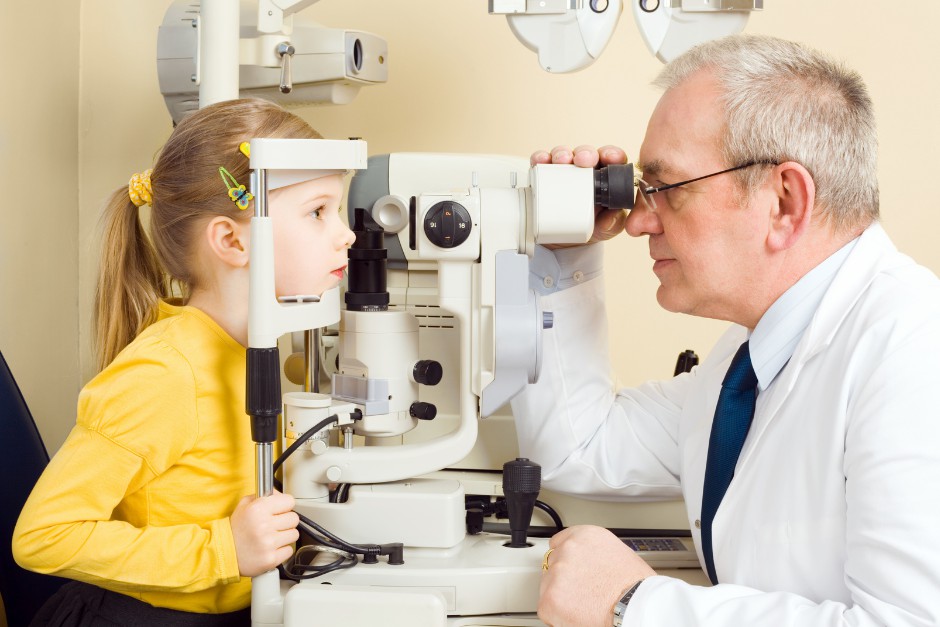 Understanding the eye condition of visually impaired students comprehensively before formulating a tailored learning plan is significant. It can help identify their unique visual status, refractive errors, and underlying eye disorders in order to develop pragmatic learning strategies. This approach helps set achievable learning goals, ensuring compliance with their visual abilities and limitations.
Understanding the eye condition of visually impaired students comprehensively before formulating a tailored learning plan is significant. It can help identify their unique visual status, refractive errors, and underlying eye disorders in order to develop pragmatic learning strategies. This approach helps set achievable learning goals, ensuring compliance with their visual abilities and limitations.
Having a complete cognition of their eye condition can serve as a preventative measure against potential learning disabilities. For instance, low vision students usually meet challenges like reading difficulties, and they can be easier to have eye fatigue than others, which can negatively influence their learning progress. To increase the effectiveness of using the visual strengths of low vision students, the comprehensive understanding of eye conditions guides them to make informed choices of learning materials, tools, and environments.
Besides contributing to learning strategies, of course, knowing thoroughly the eye health and eye conditions of low vision students can help with medical treatment and the protection of daily eye use. Gaining insights into their eye health, students with poor eyesight can skillfully develop their learning objectives that maximize their visual abilities by acknowledging their strengths and limitations. This constructive attitude plays a key role in overcoming challenges and achieving learning goals.
High Efficiency at School
With the development of technology and the progress of the modern society system, more and more facilities and resources have entered the campus to provide assistance for visually impaired students. Thus, enhancing learning efficiency for students with low vision within a school environment can be listed in a range of strategies. These strategies can be personalized to their individual needs, creating an environment where learning becomes more accessible and effective.
- Suitable Assistive Tools:
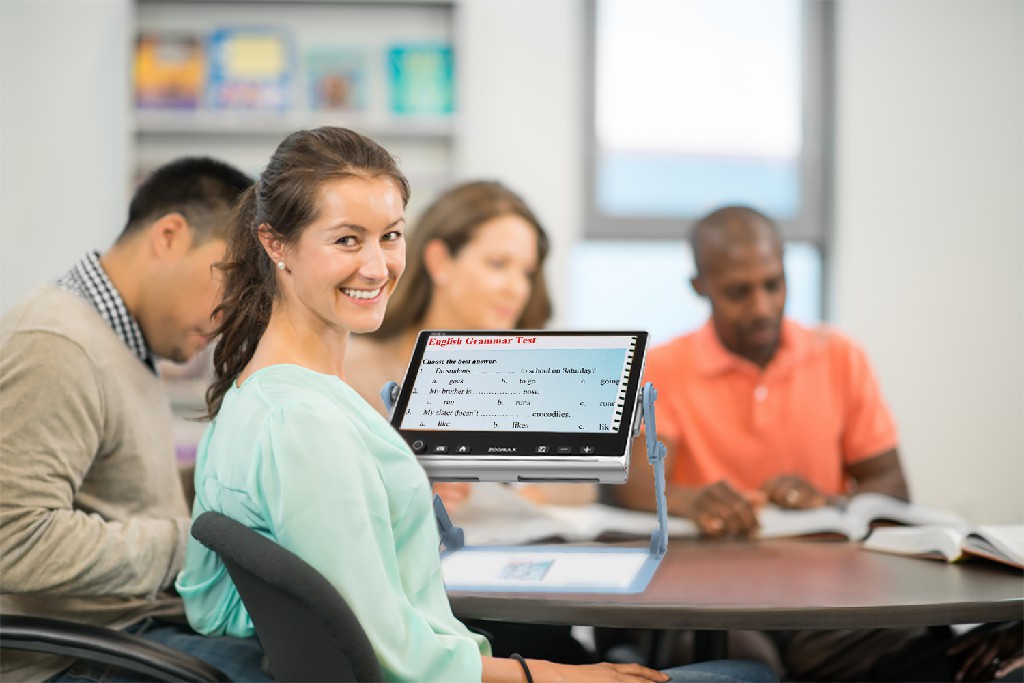 Selecting suitable assistive tools is paramount. Devices such as traditional optical magnifiers, electronic aids, and screen readers can empower students to access information effortlessly. Take electronic video magnifier as an example, this kind of assistive device demonstrates an advanced and effective way to help students with low vision in their study or even daily life. Zoomax Snow 12 is an ideal selection in this category as it provides powerful functions to utilize and appropriate size to carry for visually impaired students. Learn more about Snow 12, please visit: Zoomax Snow 12.
Selecting suitable assistive tools is paramount. Devices such as traditional optical magnifiers, electronic aids, and screen readers can empower students to access information effortlessly. Take electronic video magnifier as an example, this kind of assistive device demonstrates an advanced and effective way to help students with low vision in their study or even daily life. Zoomax Snow 12 is an ideal selection in this category as it provides powerful functions to utilize and appropriate size to carry for visually impaired students. Learn more about Snow 12, please visit: Zoomax Snow 12.
- Personalized Learning Environment:
Creating an environment conducive to learning is crucial. For instance, adequate lighting can minimize glare and shadows, and adjusting seating arrangements also plays a role in reducing visual strain and maximizing engagement with educational content. Furthermore, using textbooks with large prints can be helpful as well if it’s possible.
- Seek Support and Collaboration:
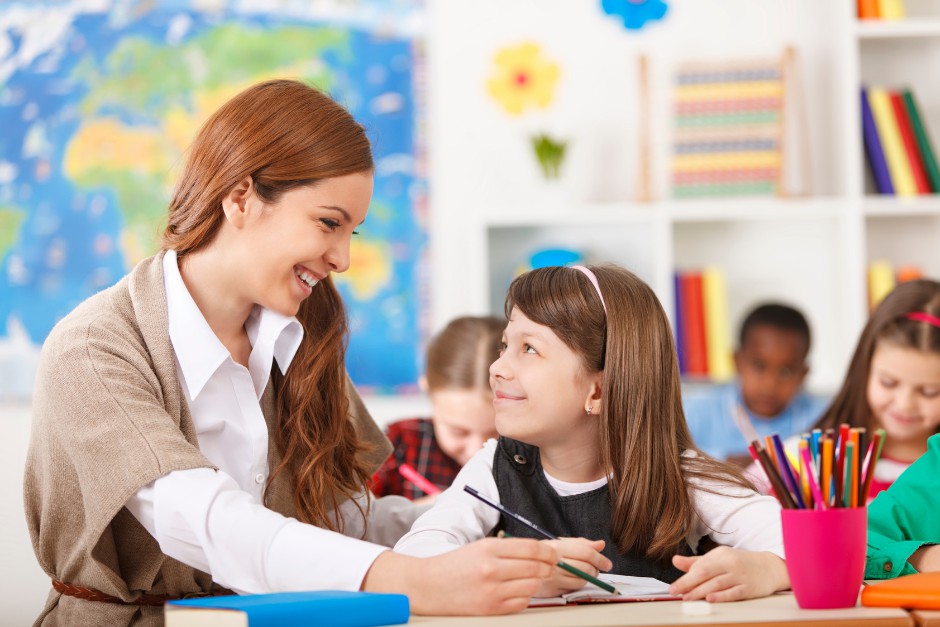 Engaging with teachers and classmates to seek assistance and support is also a reliable method to improve learning efficiency. Collaborative note-sharing, personalized teaching strategies, and mutual understanding contribute to an inclusive and accommodating classroom atmosphere. It’s definitely a productive way to organize the friendly and thoughtful learning environments.
Engaging with teachers and classmates to seek assistance and support is also a reliable method to improve learning efficiency. Collaborative note-sharing, personalized teaching strategies, and mutual understanding contribute to an inclusive and accommodating classroom atmosphere. It’s definitely a productive way to organize the friendly and thoughtful learning environments.
- Use Educational Resources:
Exploring useful educational resources like audiobooks, large-print materials, and electronic texts can substantially reduce reading challenges. These resources ensure that students can access learning materials effectively regardless of their visual limitations, offering abundant learning materials as much as possible.
- Active Participation in Extracurricular Activities:
Participating in extracurricular activities not only provides a visual break but also improves social relationships. Engaging in sports, arts, clubs, or other activities contributes to overall development and relieves academic stress. Meanwhile, outdoor activities can be also beneficial for eye health according to many studies, including for people who have visual impairments.
- Efficient Time Management:
Developing a well-balanced time management plan helps prevent burnout and enhances overall learning productivity. In the meantime, developing time management also matters a lot for protecting eye health and preserving residual vision. In this case, combing regular eye relaxation exercises and practices, such as the 20-20-20 rule or eye massages, can minimize eye fatigue and promote study sessions with improved focus. Especially, visually impaired students who use their electronic devices for study should take this into account.
In conclusion, elevating learning efficiency for students with low vision in a school context involves a series of personalized approaches. Not only referring to improving learning efficiency but also about protecting eye health, positively cooperating with medical treatments, and preserving residual vision, these strategies collectively contribute to a more productive and fulfilling learning experience.
Welfare for Low Vision Students in Different States
In the US, welfare programs and support for low vision students vary across different states. While the specifics may differ, the underlying aim remains consistent: to provide equal opportunities and enhance the educational experience for students with low vision. Here’s an overview of how different states address the welfare of low vision students:
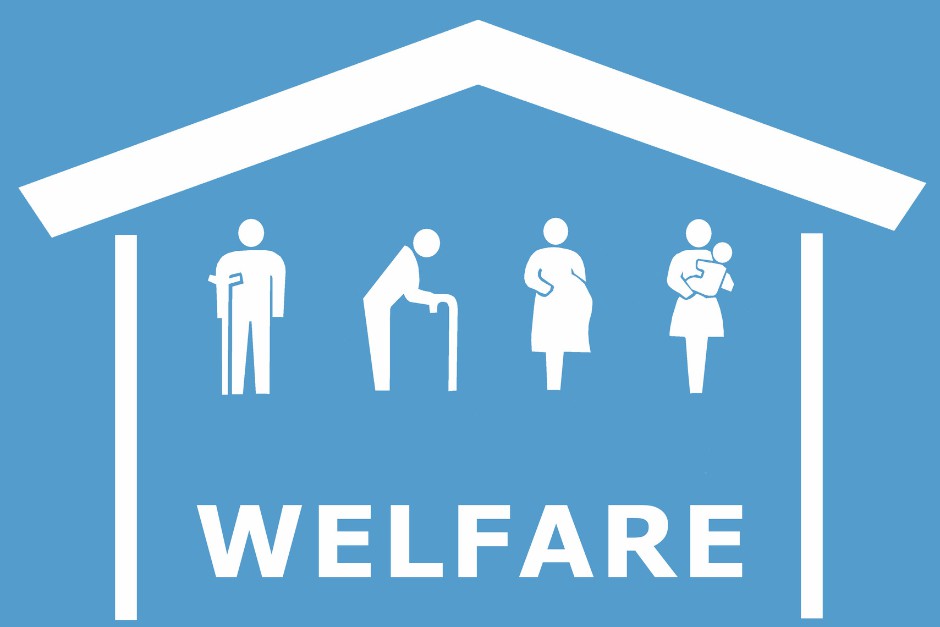
California
California is known for its positive stance on disability rights and education. The state offers a range of resources, including Individualized Education Plans (IEPs) that tailor learning strategies to the needs of low vision students. Additionally, technological solutions like screen readers and magnification software are often integrated into the classroom environment. Community organizations and non-profits collaborate to provide workshops, assistive technology training, and support networks for students and their families. More information can be found in: https://www.cde.ca.gov/sp/se/.
New York
New York places emphasis on early intervention for visually impaired students. The state’s Department of Education provides comprehensive vision services, including assessment, consultation, and support. Collaborative partnerships between schools, educators, and vision specialists ensure individualized assistance. Scholarships and grants for assistive devices, specialized materials, and Braille instruction are available to enhance the learning experience. For relevant information: https://www.p12.nysed.gov/specialed/.
Massachusetts
Massachusetts is recognized for its comprehensive approach to supporting students with vision loss. The state’s Commission for the Blind provides mobility training, orientation, and Braille instruction. Collaborative programs between public schools and specialized schools for the blind offer a series of services. Furthermore, they also provide services for the vocational rehabilitation service after graduation. See more at: https://www.doe.mass.edu/sped/.
Florida
Florida focuses more on early intervention and family involvement. State-funded programs offer vision screenings, assessments, and interventions for young children. The Florida Department of Education emphasizes universal design for learning, ensuring that classroom materials and technologies are accessible to all students, including those with low vision. For more information, please visit:
https://www.fldoe.org/academics/exceptional-student-edu/.
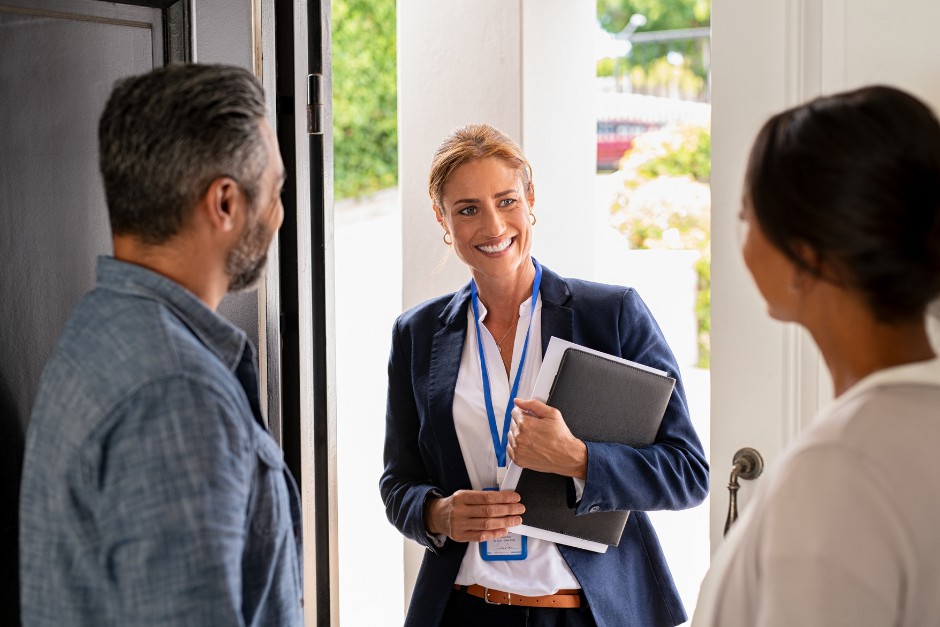
For the new back-to-school season, a heartfelt blessing is for every single student with eyesight loss. Developing learning skills is not only about improving their study efficiency but also benefiting their overall health and well-being. Hopefully the tips and resources in this article can be helpful for you. And if you’re interested in welfare for students with low vision of more states in America, don’t hesitate to contact us, we’re happy to help!

